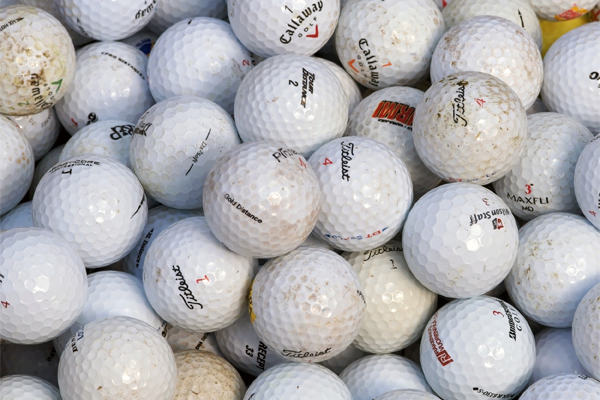Worst-Case Wednesday: How to Prevent A Club From Flying out of Your Hand
Image via Flickr
Let’s face this fact right now: I sweat, you sweat, we all sweat, and anyone who says otherwise is lying.
It’s uncomfortable, it’s embarrassing, and unless you’re a workout-aholic, it’s hard to come to terms with this unglamorous aspect of the human body. If you’re into competitive sports, good for you! You’re probably already well aware that sweating goes hand in hand with the sports you play. If you’re not particularly athletically-inclined, then you need to understand how to combat an overabundance of sweat so that you can go out and do normal things with normal people. There’s nothing more embarrassing, for example, than accidentally throwing a bowling ball behind you instead of in front of you because your hands were sweating so badly.
Golf, like bowling, requires a non-sweaty grip to maintain success in the sport. A pair of sweaty palms can lead to an embarrassing sports mishap that leaves you humiliated. Luckily, The Worst Case Scenario Survival Handbook: Golf has you covered for all scenarios, from minor moisture control to remedying a torrential onslaught of sweat.
How to Prevent A Club From Flying out of Your Hands
1. Dry the grip in the sun: If the grip is wet, or if there is a lot of moisture in the air, leave the club in the hit sun for as long as possible so the moisture will evaporate. Place the club on a hard surface like rock or concrete, which retains more heat than grass and will expedite the drying process.
2. Wear gloves: Golf gloves provide added grip (and reduce chafing and blisters). If no golf clubs are available, thoroughly wet a pair of think cotton gloves and wear them.
3. Rub dry dirt, chalk (magnesium carbonate), talcum powder, cornstarch, dry crumbs, or a powdery stick antiperspirant on sweaty hands or the grip: These items will absorb the excess moisture
4. Rub a slippery grip on sandpaper or concrete to scuff the grip
5. Smear tree sap on the grip to make it sticky: Sugar maples are good sources of sap in the spring and early summer, when it may run down the sides of the tree. You will be able to find sap from pines or other conifers (spruce, fir) any time of year, and can use it either dried or weeping. Sap can also be found on needles and cones. Note that sap is extremely sticky, and removing it from the skin and other objects will require the use of mineral spirits.
6. Use a towel: Wrap a handkerchief or a thin towel around the grip of your club when hitting. This is perfectly legal, according to the rules.
